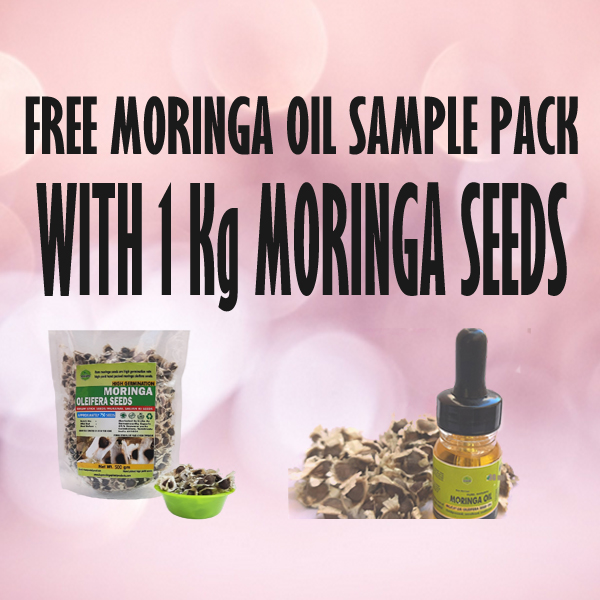Coir Pith: Benefits, Uses, and Sustainable Gardening

Coir pith, also known as coconut coir or coco peat, is a 100% natural, renewable, and biodegradable byproduct of coconut husk processing. It has become a popular alternative to peat moss due to its excellent water retention, aeration properties, and sustainability.
✔ What coir pith is and how it’s made
✔ Key benefits for gardening, hydroponics, and farming
✔ Step-by-step usage guide
✔ Environmental advantages over peat moss
Coir pith is the spongy, fibrous material extracted from coconut husks. It is pH-neutral, odorless, and resistant to fungal growth, making it ideal for horticulture.
How is Coir Pith Made?
Husk Separation – Coconut husks are soaked in water.
Fiber Extraction – Machines separate long fibers (used for ropes/mats) from pith.
Washing & Drying – Pith is washed to remove salts and dried.
Compression – Sold as bricks, blocks, or loose powder.
Types of Coir Pith Products
Type Description Best For
Coir Pith Blocks Compressed bricks that expand in water Large-scale gardening
Loose Coir Pith Ready-to-use, fluffy texture Potting mixes, seed starting
Coir Pith Discs Small pellets for seedlings Hydroponics, nurseries
Coir Pith Mats Used for erosion control Landscaping
Benefits of Using Coir Pith
✅ Superior Water Retention – Holds 8-10x its weight in water (reduces irrigation needs).
✅ Excellent Aeration – Prevents soil compaction, promotes root growth.
✅ pH Neutral (5.5-6.8) – Suitable for most plants.
✅ Eco-Friendly – Renewable, unlike peat moss (which takes centuries to form).
✅ Disease-Resistant – Naturally resists mold and fungi.
(Scientific Source: Journal of Horticultural Science, 2018)
Coir Pith vs. Peat Moss: Which is Better?
Factor Coir Pith Peat Moss
Renewability ✅ Yes (annual coconut harvest) ❌ No (takes 1000+ years to form)
Water Retention ✅ Holds more water ❌ Dries out faster
pH Level ✅ Neutral (5.5-6.8) ❌ Acidic (3.5-4.5)
Sustainability ✅ Eco-friendly ❌ Harvesting harms wetlands
Verdict: Coir pith is the better long-term choice for sustainable gardening.
Try our DIY coir pith potting mix recipe
How to Use Coir Pith in Gardening
Rehydrating Coir Pith Bricks
Place a coir brick in a large container.
Add 3-4 liters of warm water.
Wait 30 mins, then fluff with hands.
Mixing with Soil
Ideal Ratio: 30% coir pith + 70% soil.
Benefits: Improves drainage & moisture retention.
Using as Mulch
Spread 2-3 inches around plants to retain moisture.
Coir Pith in Hydroponics & Aquaponics
Why Use Coir Pith?
Sterile & inert (no pathogens).
Great for root development in NFT & drip systems.
Best Hydroponic Mix:
60% coir pith + 30% perlite + 10% vermiculite.
Our High-Quality Coir Pith
✔ Low EC (Electrical Conductivity) – Below 0.5 mS/cm (indicates low salt content).
✔ Buffered Coir Pith (pre-washed to remove tannins).
✔ Organic Certified (no chemical treatments).
Buy premium coir pith



